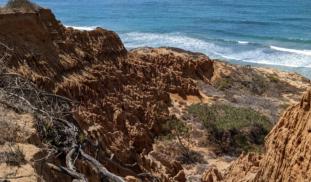Please wait...
About This Project
Rock weathering is a process whereby atmospheric CO2 reacts with silicate minerals, promoting formation of C-rich carbonate minerals. Speeding up this process has the potential to capture up to 1.25 tonnes of atmospheric CO2 per tonne of input. However, natural processes are slow. We propose to use protein engineering, discovery of naturally evolved pathways, and bioinformatics to identify and optimize enzymes capable of accelerating mineral weathering for CO2 capture.
More Lab Notes From This Project

Browse Other Projects on Experiment
Related Projects
Bacterial Biodiversity Within The Ballona Wetlands
The Ballona Wetlands are the largest wetlands in Los Angeles. Within the last 80 years urbanization has...
Lithogardens: lithoautotrophy-powered microbial communities for improved carbon capture with enhanced rock weathering
By 2050, the process of enhanced rock weathering can be capturing 0.3 Gt CO2/yr in the US alone [1], but...
Profiling in vivo pMMO activity and lipid order in methanotrophs using designed fluorescent biosensors
Remediating methane requires the uniquely potent enzyme methane monooxygenase (MMO). All attempts to express...


